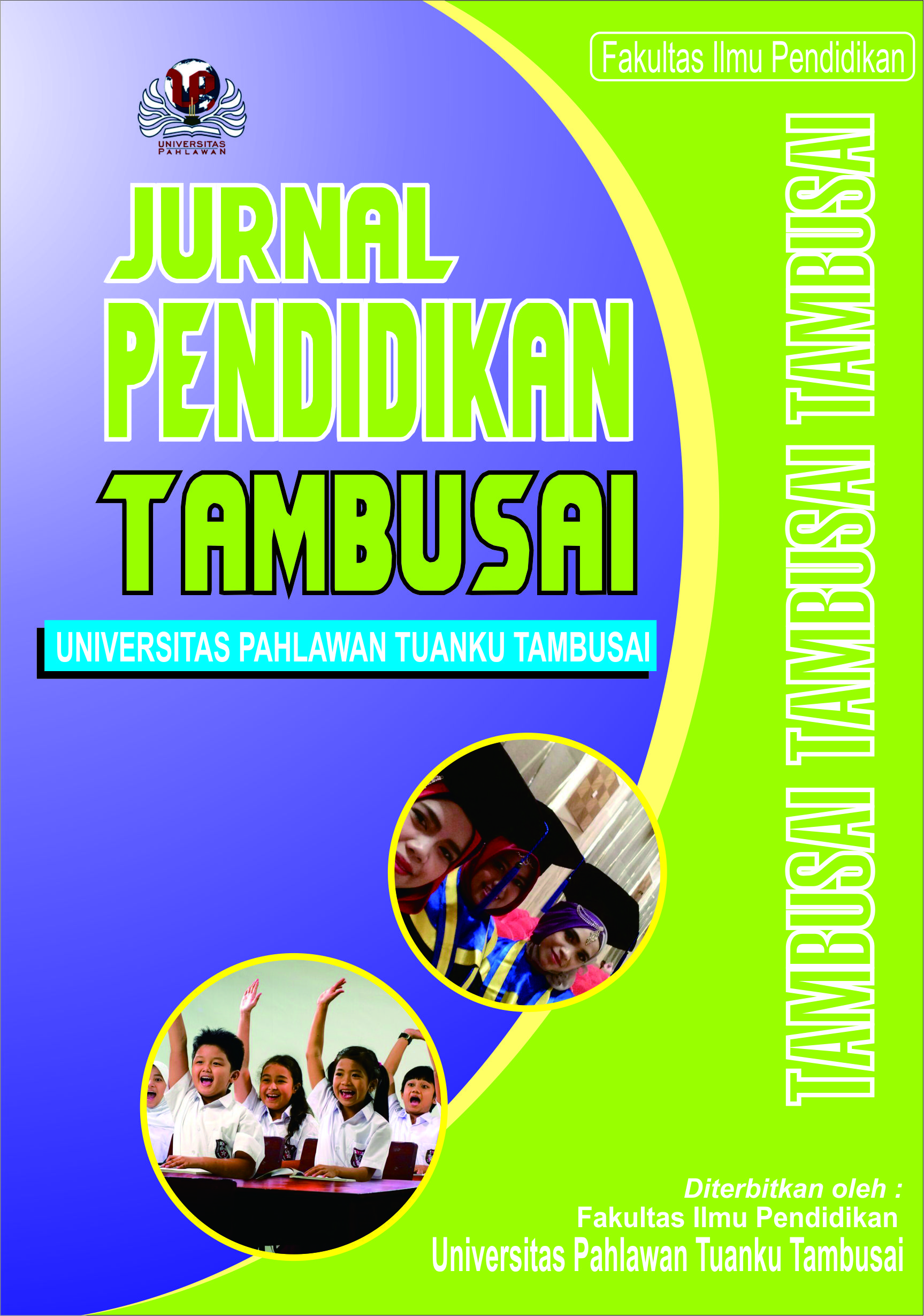Psikoedukasi Peningkatan Pengetahuan Siswa tentang Bullying di SMP YP-PGRI Disamakan Makassar
DOI:
https://doi.org/10.31004/jptam.v8i1.14573Keywords:
Psikoedukasi, Bullying, SiswaAbstract
References
Amawidyati, S. A. G., Muhammad, A., & Purwanto, E. (2017). Program psikoeduasi bullying untuk meningkatkan efikasi diri guru dalam menangani bullying di sekolah dasar. Intuisi: Jurnal Psikologi Ilmiah, 9(3), 258–266.
Angreini, D., Tajuddin, A., & Purwanto, J. (2023). Upaya mencegah perilaku bullying dan meningkatkan self esteem siswa SMP YP PGRI Disamakan Makassar. Intisari: Jurnal Inovasi Pengabdian Masyarakat, 1(1), 23–32.
Bhatla, N., Achyut, P., Khan, N., Walia, S., & Tranquilli, A. (2015). Are school safe and equal places for girls and boys in asia. Global Girls Innovation Programme.
Carney, A. G., & Merrell, K. W. (2001). Bullying in schools: Perspectives on understanding and preventing an international problem. School Psychology International, 22(3), 364–382.
Cook, T. D., Campbell, D. T., & Shadish, W. (2002). Experimental and quasi-experimental designs for generalized causal inference (Vol. 1195). Houghton Mifflin Boston, MA.
Nugroho, S., & Adiyanti, M. G. (2011). Program psikoedukasi untuk meningkatkan pengetahuan dan keterampilan guru dalam menangani bullying. JIP (Jurnal Intervensi Psikologi), 3 (1), 25-48.
Olweus, D. (2012). Cyberbullying: An overrated phenomenon? European Journal of Developmental Psychology, 9(5), 520–538.
Rahman, I. N., Suasanti, S., & Pratiwi, N. Y. (2023). Efektivitas Psikoedukasi terhadap Peningkatan Pemahaman terkait Bullying dan Psychologycal Well Being di Pesantren Pondok Madinah. Joong-Ki: Jurnal Pengabdian Masyarakat, 2(3), 568–574.
Rigby, K. (2002). New perspectives on bullying. Jessica Kingsley Publishers.
Rosa, N. (2023, October 3). Data Kasus Bullying di Sekolah, FSGI: 50% di Jenjang SMP . Https://Www.Detik.Com/Edu/Detikpedia/d-6962155/Data-Kasus-Bullying-Di-Sekolah-Fsgi-50-Di-Jenjang-Smp.
Rosen, L. H., DeOrnellas, K., & Scott, S. R. (2017). Bullying in school. Diakses Dari: Https://Doi. Org/10.1057/978. Tanggal Akses, 20.
Skrzypiec, G., Slee, P. T., Askell-Williams, H., & Lawson, M. J. (2013). Associations between types of involvement in bullying, friendships and mental health status. In Emotional and Behavioural Difficulties Associated with Bullying and Cyberbullying (pp. 34–47). Routledge.
Sukma, A. I., & Khumas, A. (2024). PSIKOEDUKASI SEBAGAI UPAYA PREVENTIF BULLYING DAN KEKERASAN DI LINGKUNGAN SDN SAMBIKEREP II. Musyawarah: Jurnal Pengabdian Masyarakat, 2(1), 40–47.
Vrijen, C., Wiertsema, M., Ackermans, M. A., van der Ploeg, R., & Kretschmer, T. (2021). Childhood and adolescent bullying perpetration and later substance use: A meta-analysis. Pediatrics, 147(3).
Waasdorp, T. E., & Bradshaw, C. P. (2015). The overlap between cyberbullying and traditional bullying. Journal of Adolescent Health, 56(5), 483–488.
Yuli, Y. F., & Efendi, A. (2022). Psikoedukasi Upaya Mencegah dan Melawan Perundungan (Bullying & Cyberbullying) di SMP Unggulan Habibulloh. Jompa Abdi: Jurnal Pengabdian Masyarakat, 1(3), 15–23.
Downloads
Published
How to Cite
Issue
Section
Citation Check
License
Copyright (c) 2024 Astiti Tenriawaru Ahmad

This work is licensed under a Creative Commons Attribution-ShareAlike 4.0 International License.
Authors who publish with this journal agree to the following terms:
- Authors retain copyright and grant the journal right of first publication with the work simultaneously licensed under a Creative Commons Attribution License that allows others to share the work with an acknowledgement of the work’s authorship and initial publication in this journal.
- Authors are able to enter into separate, additional contractual arrangements for the non-exclusive distribution of the journal’s published version of the work (e.g., post it to an institutional repository or publish it in a book), with an acknowledgement of its initial publication in this journal.
- Authors are permitted and encouraged to post their work online (e.g., in institutional repositories or on their website) prior to and during the submission process, as it can lead to productive exchanges, as well as earlier and greater citation of published work (See The Effect of Open Access).



